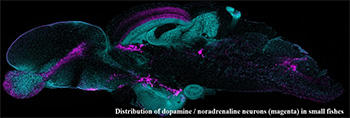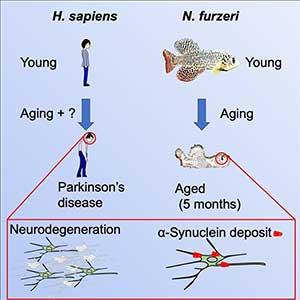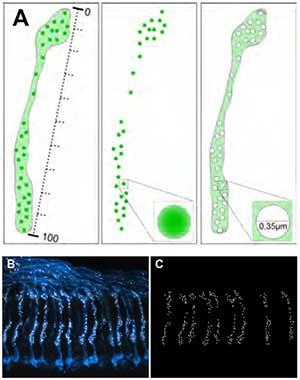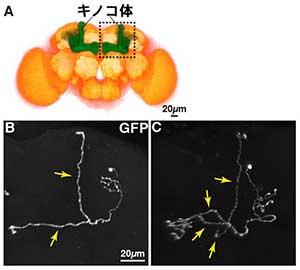
Members Matsui LabProf. Research FocusThere exist approximately 100,000,000,000 neurons in each human brain, and the number of glia cells is much more than that of neurons. Supposed that each neuron is a star in the Universe, we could compare the brain to a small Universe within. However, things are more complicated because each neuron extends long fibers to other neurons for communicating signals. In one sense, the brain, a small Universe, is much more complicated than the Universe itself.It is theoretically, technically and physically impossible to study all the twinkling stars in the sky. But we could estimate the characters of stars or planets by carefully observing and analyzing the sun and planets in the solar system. It is also impossible to elucidate functions, anatomies and networks of all the neurons one by one, but we are able to reach a right conclusion if we handle a miniature brain and deduce common principles from the mini-brain. This is the way that we have followed. We will disclose the phenomenon occurring in human brain by tudying Fish brain. Especially our aim is to elucidate the mechanism of neurological diseases and disorders, deepening scientific and social understanding for some, or finding a drug for others. We human beings have evolved exactly from Fish, and most of the functions and structures in the human brain are preserved in Fish brain. Our laboratory has tried uncovering the physiological functions and pathophysiology of the human brain by comparing Fish and human brains, and we will surely find therapies for neurological diseases and disorders. ▴Click to enlarge images |

Member Sugie LabAssoc. Prof.Atsushi SUGIE Specially Appointed Assist. Prof. Yohei NITTA Research FocusNeural circuits of the brain usually maintain their function over a long duration; therefore, it is believed that circuit-forming neurons sustain a long-term health-maintenance mechanism via unique cellcell interactions, unlike somatic cells that preserve tissue health via cell turnover. Disruption of this circuit-maintenance mechanism could lead to aging, neurodegenerative diseases, and mental disorders. However, intercellular communication mechanism to maintain neuronal health has not been fully elucidated owing to such an investigation being time consuming. We overcome this complication by taking advantage of the short life cycle and rarely duplicated genes of Drosophila that enable rapid genetic analyses. We are conducting research that focuses on synapses that serve as transmission sites for neuronal information. Further studies are also being undertaken to investigate the metabolism of the phospholipids that constitute the cell membranes between adjacent cells. From these studies, we expect to propose novel findings on the molecular basis of neuroprotection through regulation of synapse transmission and lipid metabolism.▴Click to enlarge images |









